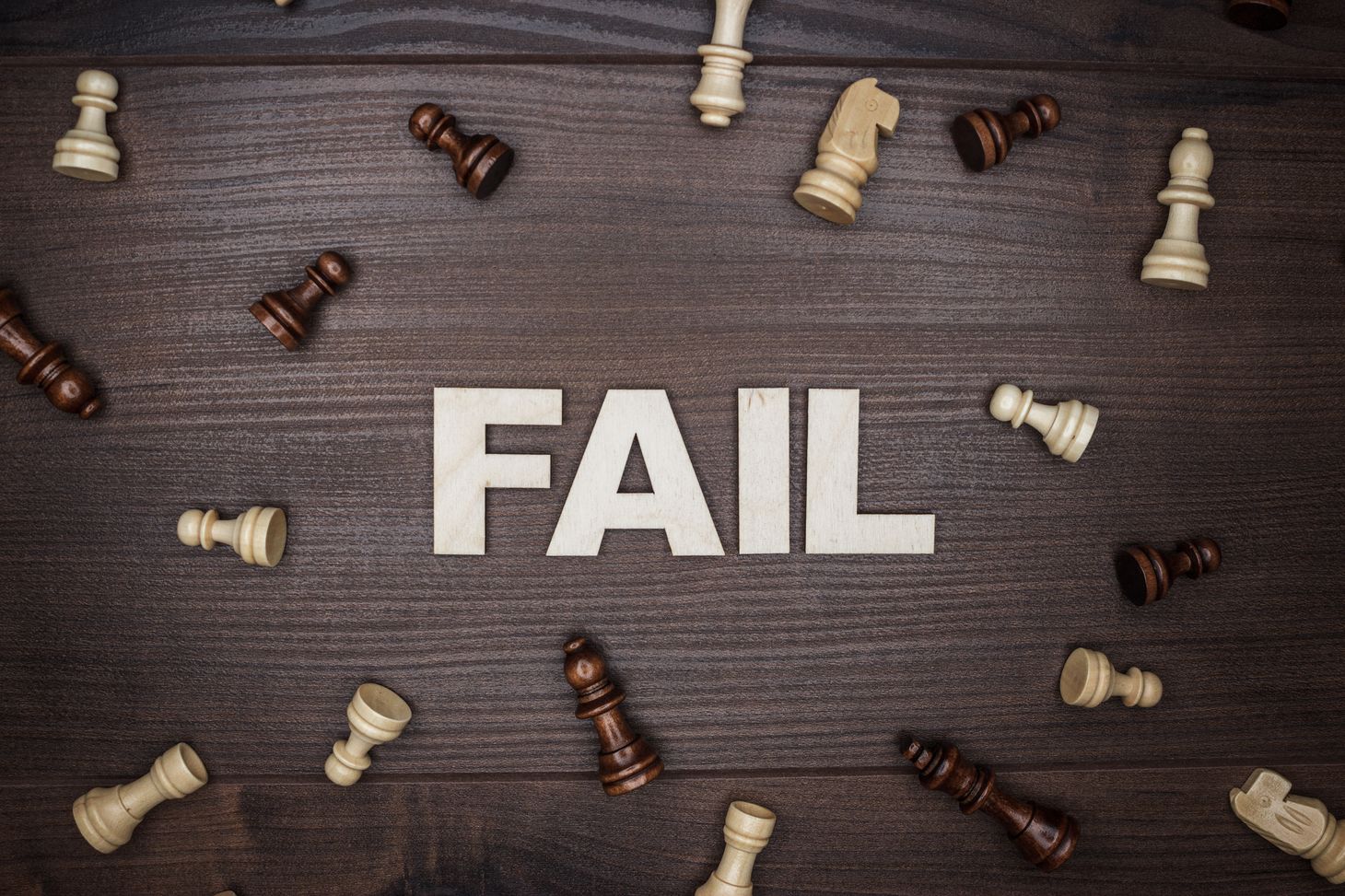The Big Mistake: Failing to Support With Proper innovation Resources
If you want to build a company that is a leader in innovation, creativity, and change within your industry, you need to have the proper innovation resources to power it. Money, people, equipment, and time are all critical parts of the innovation cycle. Without them, you will never learn what your bu

If you want to build a company that is a leader in innovation, creativity, and change within your industry, you need to have the proper innovation resources to power it. Money, people, equipment, and time are all critical parts of the innovation cycle. Without them, you will never learn what your business can do: creating sweeping changes across your industry, making your business flow more smoothly, or simply offering advantages to your customers that you never dreamed possible.
Unfortunately, some companies have learned—to their detriment—that, without resources, it's difficult, if not impossible, to create the innovation that sets a brand apart.
Nokia
With the sudden emergence of touch-screen smartphones, Nokia was pressed to compete quickly. And although they had the potential to compete with Apple and Android for a significant share of the market, particularly with their substantial research and development budget, Nokia got caught in a constant game of catch-up. Repeatedly, they threw all their money and resources into developing new phone devices that would beat out Apple and Android products, only to come up short.
Then it happened: Nokia slashed their research and development budget and decided that instead of using their own operating system (which they’d failed to allocate adequate resources to developing), they were going to use the Microsoft system.
The goal of slashing the funding for research and development was to create a smoother operation that used funds more efficiently. Unfortunately, it led instead to hundreds of workers who walked out when the news was made public.
Slashing the research and development budget meant less money and fewer resources dedicated to innovation, and the employee reaction meant that there were no longer adequate people to devote to the task. Not only that, pressure on employees was to deliver not a high-quality product but a fast one: something that could be put out on the market quickly. This combination quickly led to Nokia's decline, pulling them away from the public eye and plummeting the company's value.
Hershey
Being able to grab your favorite chocolate bar is a convenient, mouth-shaped piece sounds perfect, doesn't it? Grab hold, stick it in your mouth, and allow it to melt away. Unfortunately, Hershey didn't take the time to think it through when they introduced Swoops, potato chip-shaped pieces of chocolate that came packaged in about six to a container.
Complaints about the Swoops were extensive: there were too few of them per package, they were too expensive, and the shape wasn't used to create the additional effect that many customers were looking for with such a large piece of chocolate. Not only that, they came with a great deal of packaging, making it necessary to dispose of a large quantity of waste for each package of Swoops enjoyed.
Hershey's failing? They didn’t dedicate the resources to the research and design portion of the innovation process. Consumer research is a valuable part of the innovation cycle. It enables companies to interact with their customers before pushing a new product into the market—a valuable step that ensures high customer satisfaction, before the money is dedicated to producing the product itself.
When companies try to shorten the innovation cycle, don't allow enough people to be part of the innovation process, or don't do enough research before release, failures like Swoops occur.
Kodak
When it comes to improper allocation of resources for innovation, Kodak always stands out as a prime example.
Not so long ago, Kodak was the first name in the industry when people looked for film, cameras, and other photography tools. Then digital photography pushed the giant to bankruptcy. Few people realize that Kodak could fully emerge into the digital age along with the rest of the photography industry.
At its prime, the industry giant, which cornered 90% of the market in film sales, created its first digital camera in 1975. Unfortunately, instead of moving forward with that innovation and allocating resources to push it into the public's view, Kodak kept those resources focused on the current film market.
For fear of edging out their own traditional products, Kodak shut down this particular avenue of research and development, licensed their digital photography patents to other camera makers, and kept their focus on their core business: film. The result? They forced the company into bankruptcy because of its inability to move forward with the innovations the public really wanted to see.
Proper Innovation Resources
With innovation, allocating proper innovation resources is critical. If you're trying to encourage innovation within your company, you must pay attention to resourcing all steps of the innovation cycle.
- Sufficient Funding: Don't shortchange your project in the effort to save money. However, avoid over-investing in a project that might fail later. Find the right resource balance for your organization.
- Stock Your “Laboratory”: This includes all the resources necessary to test a product fully, experiment with new ideas, and communicate with your potential customers in order to be sure that they'll be happy with what you're providing as a finished product.
- The Right Manpower: Intermix your team. Combine people who have experience in successful innovation projects with people who are new to the organization or process and who will challenge the ways things are done. This helps avoid the issue of “believing your own PR” so that every assumption is challenged upfront.
Manifesting innovation within your company is a process, one that must be supported from start to finish with the right mix of the proper innovation resources. Innovation may seem to be just outside your reach. It may appear you're spending more time, money, and effort on failures than you are on successes. Failure, however, is not a roadblock to the innovation process. Rather, it's a critical piece of the innovation puzzle that allows you to discover what doesn't work and allocate the proper innovation resources better in the future.
Ready to learn more about the proper innovation resources and how to make them work within your organization? If you are looking for advice, contact Techtrend, an innovation agency, for more information about using your resources appropriately, creating that critical atmosphere of innovation, and learning how to balance your resources appropriately.




